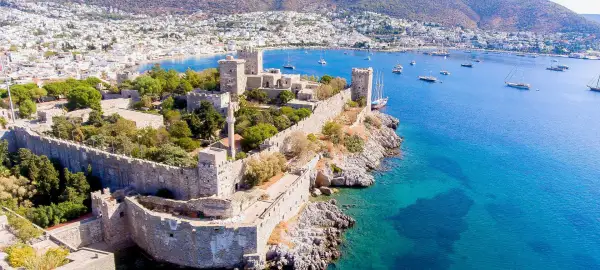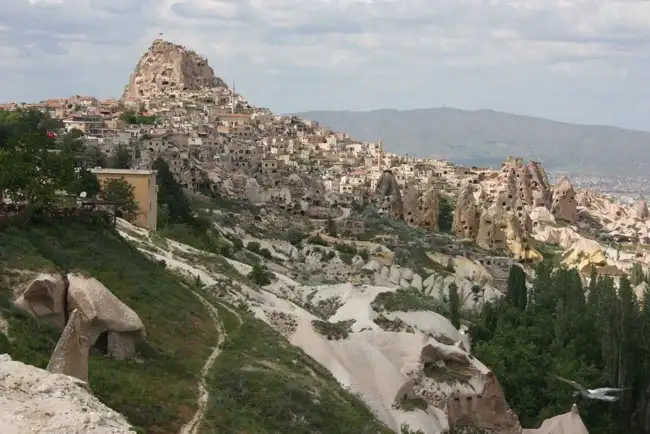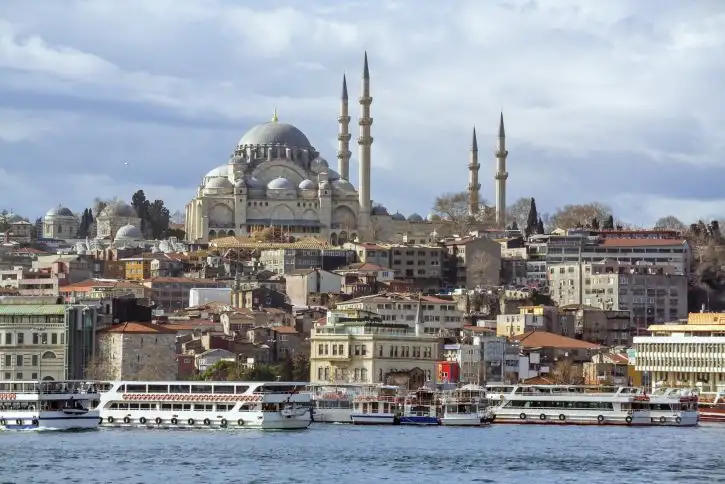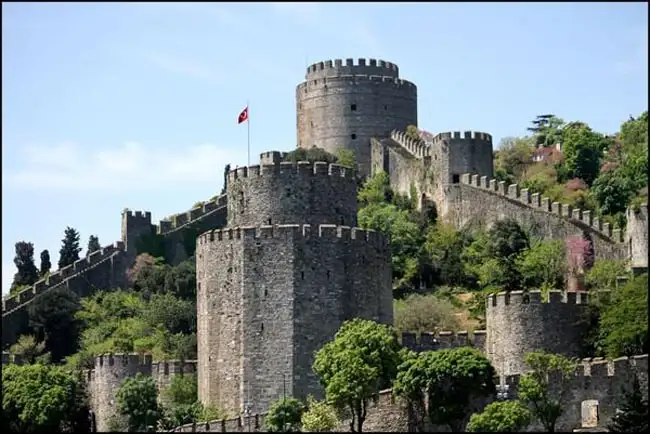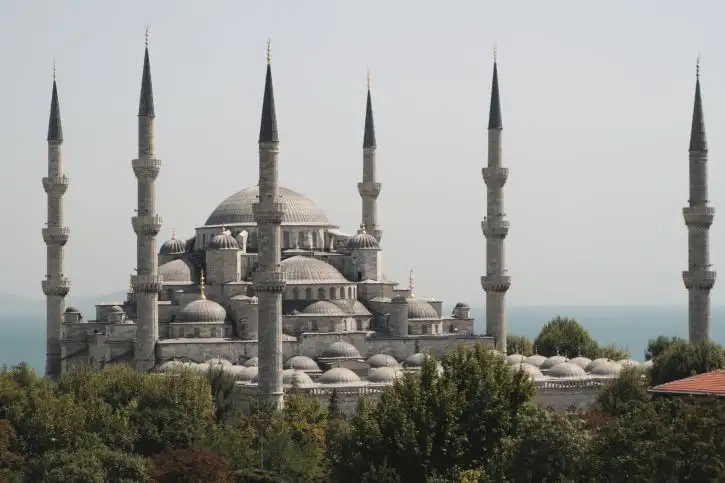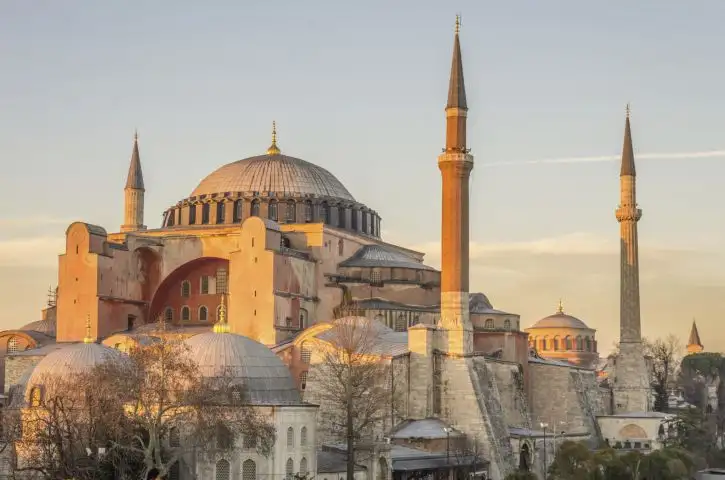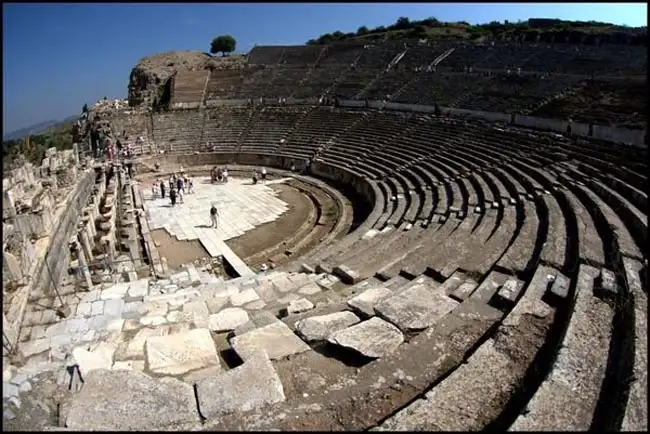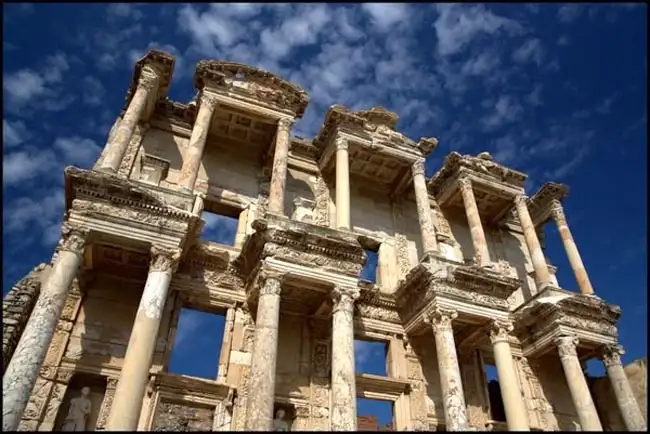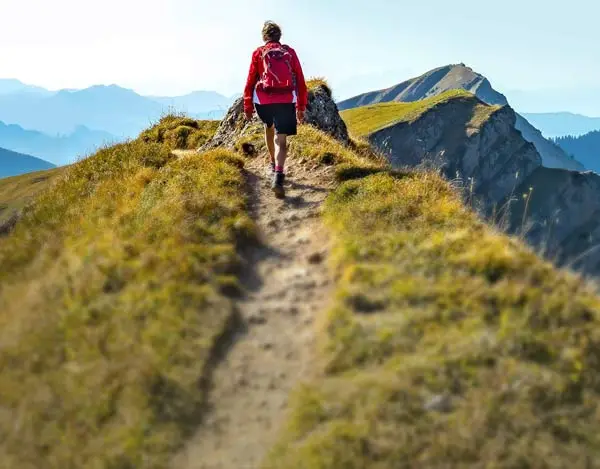Dawn breaks over a city divided by waterways into three distinct parts---two in Europe, one in Asia---creating Istanbul's unique character as the world's only transcontinental metropolis. We begin with a panoramic drive around the Golden Horn, following the massive walls that protected Constantinople for over a thousand years.
The first bridge here was built during Justinian's reign in the 6th century, and today we pass the famous Galata Bridge where fishermen still cast their lines as they have for centuries. The towering minarets of Süleyman's Mosque and the medieval Galata Tower guide us towards Sultanahmet Square, where the heart of old Constantinople awaits.
Our walking exploration begins at the legendary Blue Mosque, built between 1609 and 1616 by Mehmet Ağa. Inside, over 20,000 hand-painted İznik tiles create a symphony of blue that gives the mosque its popular name. At the adjacent Hippodrome, we stand where 100,000 Romans once cheered chariot races. Here stands an Egyptian obelisk carved for Pharaoh Thutmose III around 1500 BC---older than Christ, yet brought here by Byzantine Emperor Theodosius in 390 AD.
We continue to Hagia Sophia, built by Emperor Justinian in 548 AD as the largest church in Christendom for nearly a millennium. When Ottoman forces conquered the city in 1453, they transformed this Christian cathedral into an Islamic mosque. In 1934, it became a museum; in 2020, President Erdoğan controversially returned it to mosque status, though visitors are still welcome.
Beneath Hagia Sophia lies another marvel---the colossal Basilica Cistern. Using columns plundered from ruined temples, Emperor Justinian created this underground cathedral to store water for his Great Palace. Walking through this subterranean wonder, we understand why the Byzantine Empire was history's greatest engineering civilization.
The remainder of the afternoon is yours to explore before our evening meal. Your Tour Leader can show you to Istanbul's famous Grand Bazaar -- even if you're not a keen shopper, the atmosphere and goods on offer offer interesting local insights into life in the city, the old and the new.
Note: You may wonder why we choose not to include Topkapi Palace in our program. While it's an important site with a long storied history, the nature of the facility and the rules pertaining to visitation, ie limits on groups and guiding to reduce crowding and noise, make it better-suited to a self-guided, rather than a group touring, experience. Should you want to visit on your own, please consult your Tour Leader in advance.
* Due to periodic closures for restorations, we may substitute the nearby Cistern of Philoxenos, also known as the Binbirdirek Sarnici or "Cistern of 1,001 Columns."
Overnight in Istanbul.
Included Meal(s): Breakfast and Dinner